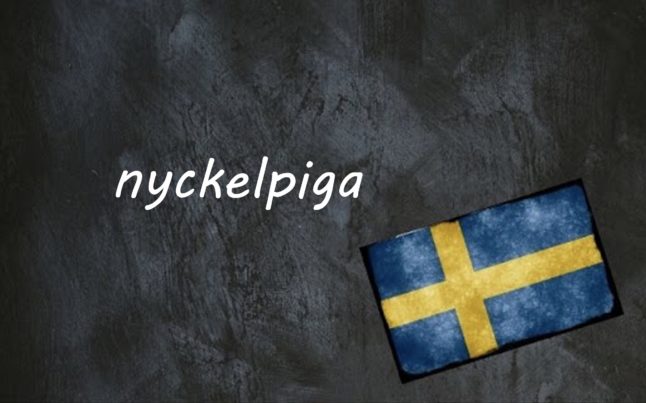Strax means that something is about to happen very soon.
That could be anything from eating dessert strax after dinner or finishing that project your boss asked you to work on strax.
How soon depends entirely on the context, but it is usually understood that it is slightly sooner than the other word snart, which also means soon. The two are however almost interchangeable.
It can be used both when talking about the future (“oh yes, I’ll definitely do that thing you asked me to do very strax indeed”) and the past (“my grandmother became pregnant strax after she married”).
Strax can also be used in a more physical sense to talk about proximity. If your office is located almost next to the train station, you could for example say that they are strax intill varandra (“right next to each other”).
It has been used in Sweden since around 1430-50, and is similar to the German word “stracks”.
Examples:
Jag kommer alldeles strax
I’ll be there right away
Klockan är strax tolv
It is almost 12 o’clock
De åkte på smekmånad strax efter bröllopet
They went on a honeymoon shortly after the wedding



 Please whitelist us to continue reading.
Please whitelist us to continue reading.
Member comments